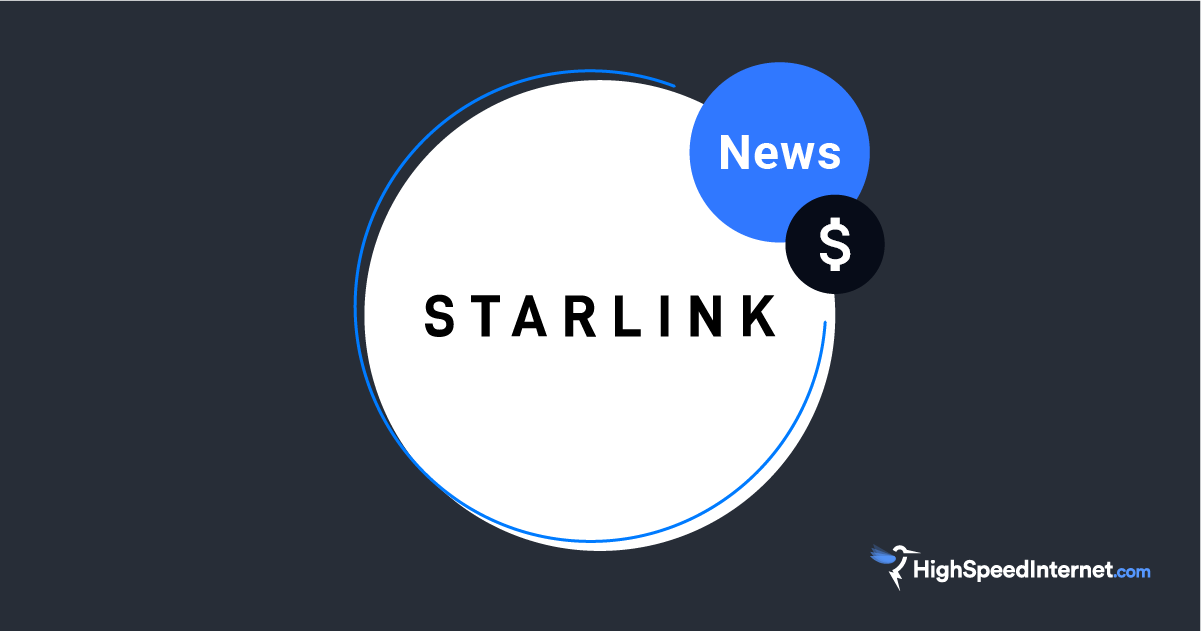Here’s What You Need to Know About Fiber Coming to Rural New York
State’s ConnectALL program awards $140 Million in municipal infrastructure grants
Nov 22, 2024 | Share
News
On Nov. 13, New York Governor Kathy Hochul, Senate Majority Leader Charles Schumer, and Senator Kirsten Gillibrand announced over $140 million in awards from the ConnectALL Municipal Infrastructure Grant Program to expand broadband networks throughout rural parts of the state. This will lead to the construction of publicly owned fiber optic infrastructure and wireless broadband hubs, connecting over 60,000 homes and businesses with affordable internet service.
Are you looking for faster, cheaper internet options?
Enter your zip code below to see all the internet options available in your area and find one that meets your needs.
New York’s ConnectALL Program
New York is one of the few states that’s implemented substantive state-level broadband programs, and one of its biggest is the ConnectALL program. It was created as part of New York’s WIRED Broadband Act, which will invest over $1 billion in rural and urban areas statewide. ConnectALL oversees the statewide digital equity plan and administers these public investments across the state.
The program’s goal is to bridge the digital divide in New York state by giving those in rural areas access to reliable, affordable, high-speed internet to help them with education, economic growth, and full participation in civic life. The program highlights the importance of internet access to all New Yorkers and the state’s responsibility to ensure universal access for its citizens.
ConnectALL began launching pilot programs in early 2022 in the Village of Sherburne, southeast of Syracuse.
A major step toward universal broadband access in New York
This latest round of municipal infrastructure grants massively expands upon ConnectALL’s successful pilot projects, funding infrastructure construction across the state. The $140 million in grants will go toward installing publicly owned, open-access fiber optic networks in rural areas of Central New York, the Finger Lakes, Mohawk Valley, North Country, Mid-Hudson and Western New York regions.
Because they’re publicly owned, multiple service providers can use these fiber networks. Not only will rural New Yorkers have access to high-speed internet connections, they’ll also have more consumer choice—something that is usually lacking in rural areas.
Treating broadband as a basic utility also helps to ensure universal access to all households in these communities. It’s common for some neighborhoods to fall through the cracks between different provider networks, even in highly connected urban areas. It’s incredibly frustrating when streets on either side of your house have access to a different fiber provider, but neither seems interested in extending coverage to your street. New York’s approach avoids these issues while creating more competition in the internet marketplace.
New York also expands broadband access in other ways, such as mandating affordable broadband prices.
We need more state-level infrastructure investment
These infrastructure grants are great news if you live in upstate New York. While several states follow New York’s lead, many of those most in need of broadband infrastructure improvements have little, if any, investment on the state level. With federal programs like the Affordable Connectivity Program (ACP) going unsupported, states can’t continue to pass the buck on these problems.
It’s difficult to predict how telecom policy will change in 2025 when the Trump Administration takes office, but broadband infrastructure should still be a priority. Much of Trump’s voter base lives in the states that most benefited from programs like the ACP. Senator Vance, Trump’s running mate, was one of the initial cosponsors of the bipartisan ACP funding bill.
Federal funding for internet infrastructure will likely start to pivot away from fiber and toward satellite due to Elon Musk’s association with the incoming administration. Satellite internet has certainly improved dramatically over the past few years, but fiber is still the best option. This means that folks in Upstate New York would have a definite advantage over people in other rural parts of the U.S.
Those of us who don’t live in New York shouldn’t accept that poor internet service and limited options are the norm. We should raise awareness about our underserved communities and look for providers that meet our needs. Many countries have invested in internet infrastructure by setting up the same kinds of public-private partnerships that New York uses. Your state could do the same.
Author - Peter Christiansen
Peter Christiansen writes about telecom policy, communications infrastructure, satellite internet, and rural connectivity for HighSpeedInternet.com. Peter holds a PhD in communication from the University of Utah and has been working in tech for over 15 years as a computer programmer, game developer, filmmaker, and writer. His writing has been praised by outlets like Wired, Digital Humanities Now, and the New Statesman.
Editor - Jessica Brooksby
Jessica loves bringing her passion for the written word and her love of tech into one space at HighSpeedInternet.com. She works with the team’s writers to revise strong, user-focused content so every reader can find the tech that works for them. Jessica has a bachelor’s degree in English from Utah Valley University and seven years of creative and editorial experience. Outside of work, she spends her time gaming, reading, painting, and buying an excessive amount of Legend of Zelda merchandise.


